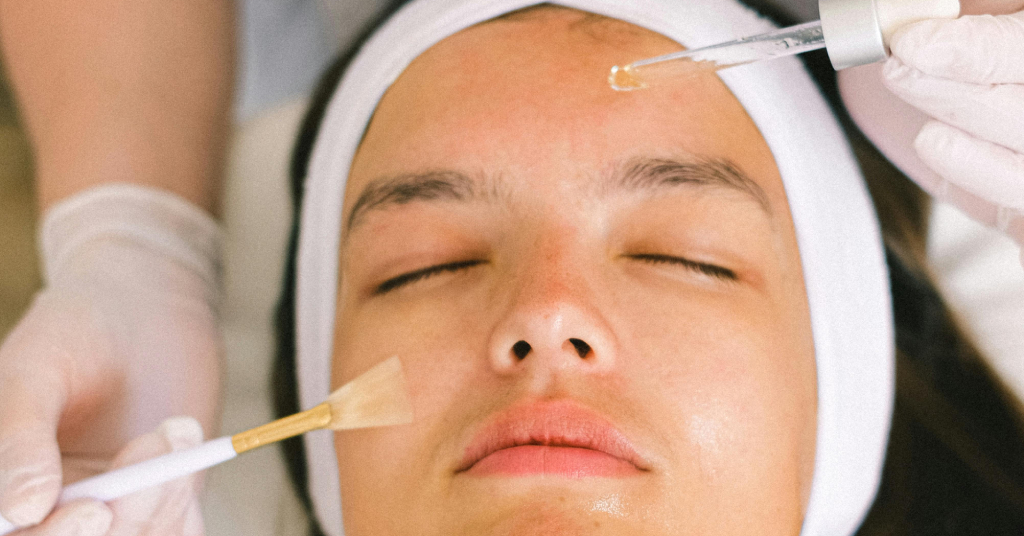
Harnessing In-Vitro Human Skin Models to Study Inflammation: A Scientific Perspective
Inflammation is a fundamental biological process, playing a critical role in the body’s defense against infections and injuries. However, when dysregulated, it contributes to a variety of chronic conditions, including autoimmune diseases, allergies, and even cancer. Understanding the mechanisms underlying inflammation in human skin is essential for developing effective treatments and therapeutic strategies. Traditionally, this research relied heavily on animal models, which, despite their contributions, present limitations in replicating human-specific responses. In this context, in-vitro human skin models have emerged as a powerful and ethical alternative for studying inflammation.
What Are In-Vitro Human Skin Models?
In-vitro human skin models are laboratory-engineered constructs that mimic the structure and function of human skin. These models can be derived from various sources, including human keratinocytes, fibroblasts, and immune cells, which are cultured to form a stratified epidermis and dermis. The models can be further enhanced by incorporating additional cell types, such as melanocytes and dendritic cells, to replicate specific skin conditions.
These models range from simple monolayer cultures to more sophisticated three-dimensional (3D) systems. The latter, often referred to as skin equivalents, are particularly valuable as they offer a closer approximation to the architecture and physiological properties of human skin, including barrier function, cellular interactions, and immune responses.
The Role of In-Vitro Human Skin Models in Studying Inflammation
Inflammation in the skin is a complex process involving multiple cell types, signaling pathways, and molecular mediators. In-vitro human skin models provide a controlled environment to study these interactions in detail. Below are some key advantages of using these models in inflammation research:
- Human-Relevant Data: In-vitro human skin models offer a more accurate reflection of human-specific inflammatory responses compared to animal models. This is particularly important for studying conditions like psoriasis, atopic dermatitis, and contact dermatitis, where human and animal skin may respond differently to inflammatory stimuli.
- Controlled Experimental Conditions: Researchers can manipulate specific variables, such as cytokine levels, environmental factors, or genetic modifications, to study their effects on inflammation. This level of control is challenging to achieve in vivo and allows for the dissection of complex inflammatory pathways.
- High-Throughput Screening: In-vitro models are amenable to high-throughput screening techniques, enabling the rapid testing of anti-inflammatory drugs and compounds. This accelerates the drug discovery process and helps identify potential therapeutic candidates with greater efficiency.
- Ethical Considerations: The use of in-vitro human skin models reduces the reliance on animal testing, aligning with the principles of the 3Rs (Replacement, Reduction, and Refinement) in research. This approach is increasingly important in regulatory contexts and public acceptance of scientific research.
Applications of In-Vitro Human Skin Models in Inflammation Research
The versatility of in-vitro human skin models has led to their application in a wide range of inflammation-related studies, including:
- Psoriasis and Eczema: These models have been used to replicate the hyperproliferative and inflammatory environment observed in psoriasis and eczema. Researchers can induce inflammation using specific cytokines (e.g., IL-17, IL-22) and study the effects of potential therapeutics.
- Allergic Contact Dermatitis: In-vitro skin models help elucidate the mechanisms of allergic reactions to various chemicals and allergens. By simulating the immune response in human skin, these models aid in identifying compounds that trigger or mitigate allergic reactions.
- Wound Healing: Inflammatory responses are integral to the wound healing process. In-vitro models allow for the investigation of how different inflammatory mediators influence the healing process, providing insights into improving wound care treatments.
- UV-Induced Inflammation: Exposure to ultraviolet (UV) radiation is a major cause of skin inflammation and photoaging. In-vitro skin models have been instrumental in studying the molecular mechanisms of UV-induced damage and testing the efficacy of photoprotective agents.
Challenges and Future Directions
Despite their advantages, in-vitro human skin models are not without limitations. One of the primary challenges is replicating the full complexity of human skin, including its vascular and neural components. Additionally, while 3D models provide a closer approximation to in vivo conditions, they still lack the complete systemic interactions present in a living organism.
Looking forward, advancements in tissue engineering, microfluidics, and organ-on-a-chip technologies hold promise for creating even more sophisticated skin models. These next-generation models could incorporate elements like blood vessels and immune cells in a more dynamic environment, further enhancing their utility in studying inflammation.
Conclusion
In-vitro human skin models represent a significant advancement in the study of inflammation, offering a human-relevant, ethical, and versatile platform for research. As these models continue to evolve, they are poised to play an increasingly critical role in understanding the mechanisms of skin inflammation and in the development of targeted therapies. The integration of these models into mainstream research not only paves the way for more effective treatments but also aligns with the broader shift towards reducing animal testing in scientific research.
Services we Provide:
| Service Category | Description |
|---|---|
| In-vitro Efficacy Testing | Testing cosmetic products using the RHE tissue model of Episkin to evaluate product claims such as anti-aging, moisturizing, and skin barrier enhancement. |
| Safety Testing | Assessment of skin irritation, corrosion, and sensitization potential using the RHE tissue model of Episkin. |
| Skin Irritation Tests | Evaluating potential skin irritation of cosmetic ingredients and formulations using the RHE model. |
| Skin Corrosion Tests | Determining the corrosive potential of cosmetic products using the RHE tissue model. |
| Barrier Function Tests | Testing the ability of cosmetic products to maintain or enhance skin barrier function with the Episkin model. |
| Photographic Analysis | Capturing high-resolution images of the Episkin model before and after treatment to support efficacy claims visually. |
| Regulatory Compliance Support | Providing data from in-vitro testing with the Episkin model to support regulatory submissions and claims validation. |
